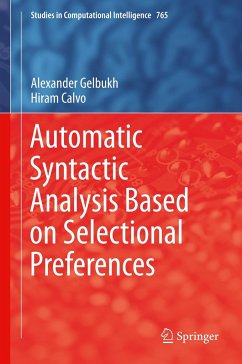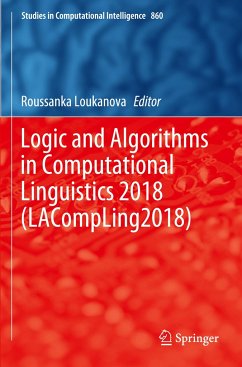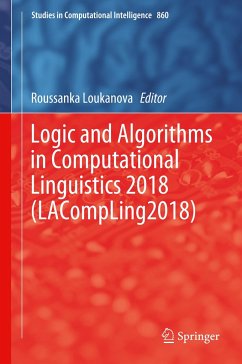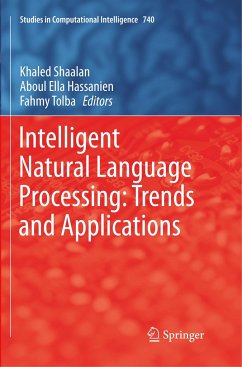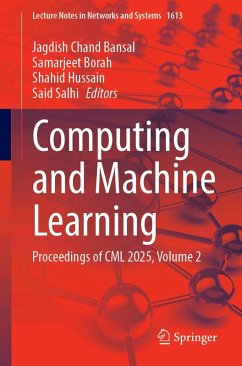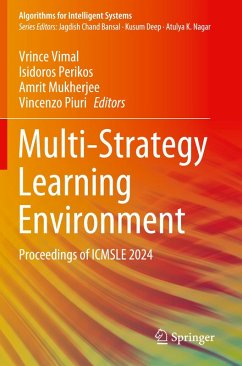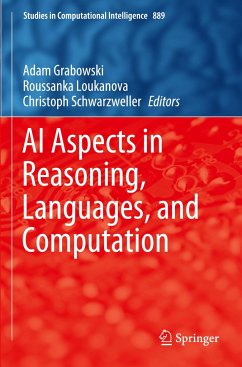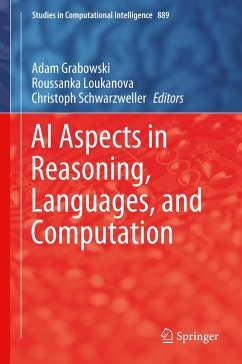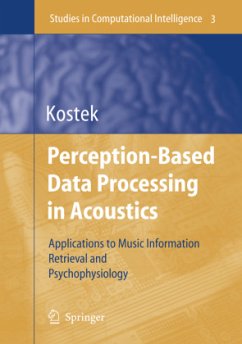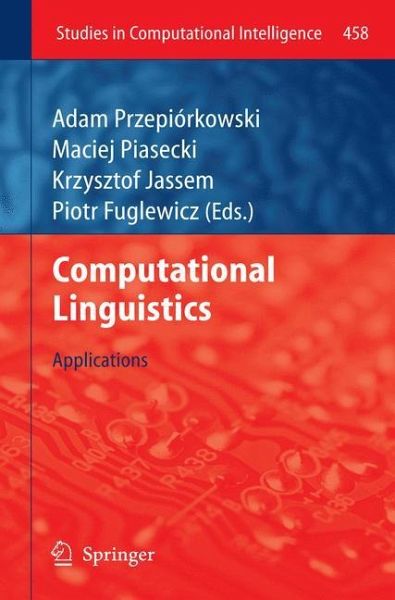
Computational Linguistics
Applications
Herausgegeben: Przepiórkowski, Adam; Piasecki, Maciej; Jassem, Krzysztof; Fuglewicz, Piotr

PAYBACK Punkte
38 °P sammeln!
The ever-growing popularity of Google over the recent decade has required a specific method of man-machine communication: human query should be short, whereas the machine answer may take a form of a wide range of documents. This type of communication has triggered a rapid development in the domain of Information Extraction, aimed at providing the asker with a more precise information.The recent success of intelligent personal assistants supporting users in searching or even extracting information and answers from large collections of electronic documents signals the onset of a new era in man-m...
The ever-growing popularity of Google over the recent decade has required a specific method of man-machine communication: human query should be short, whereas the machine answer may take a form of a wide range of documents. This type of communication has triggered a rapid development in the domain of Information Extraction, aimed at providing the asker with a more precise information.
The recent success of intelligent personal assistants supporting users in searching or even extracting information and answers from large collections of electronic documents signals the onset of a new era in man-machine communication - we shall soon explain to our small devices what we need to know and expect valuable answers quickly and automatically delivered.
The progress of man-machine communication is accompanied by growth in the significance of applied Computational Linguistics - we need machines to understand much more from the language we speak naturally than it is the case of up-to-date search systems. Moreover, we need machine support in crossing language barriers that is necessary more and more often when facing the global character of the Web.
This books reports on the latest developments in the field. It contains 15 chapters written by researchers who aim at making linguistic theories work - for the better understanding between the man and the machine.
The recent success of intelligent personal assistants supporting users in searching or even extracting information and answers from large collections of electronic documents signals the onset of a new era in man-machine communication - we shall soon explain to our small devices what we need to know and expect valuable answers quickly and automatically delivered.
The progress of man-machine communication is accompanied by growth in the significance of applied Computational Linguistics - we need machines to understand much more from the language we speak naturally than it is the case of up-to-date search systems. Moreover, we need machine support in crossing language barriers that is necessary more and more often when facing the global character of the Web.
This books reports on the latest developments in the field. It contains 15 chapters written by researchers who aim at making linguistic theories work - for the better understanding between the man and the machine.






